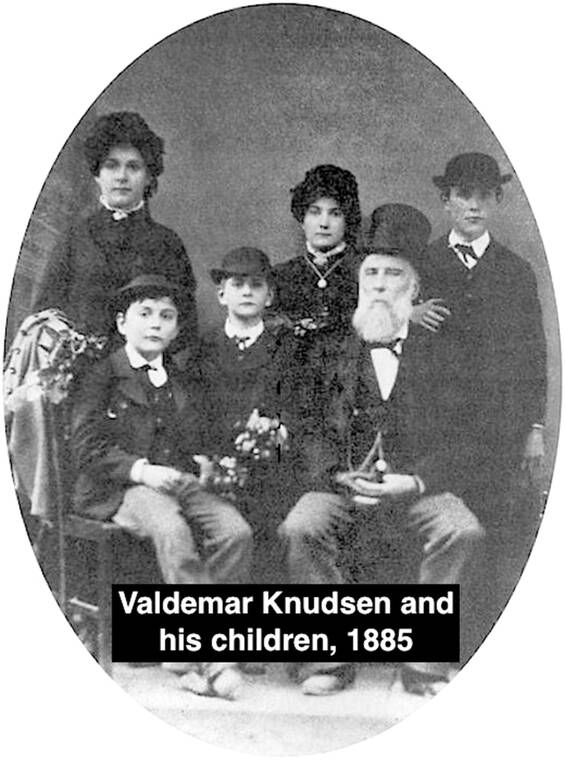Norwegian Valdemar Knudsen (1819-1898) settled on Kaua‘i in 1856, and at one time held government leases to over 100,000 acres of western Kaua‘i that was home to several hundred Hawaiians.
His leased land stretched westward from the Waimea River, across the plains of Kekaha and Mana, beyond Polihale as far as Nualolo Valley along the Na Pali Coast, and inland from the sea into the mountains of Koke‘e.
Knudsen built his family homestead at Waiawa, located by the base of the pali on the Mana side of the entrance to Ho‘ea Valley, about a mile west of Poki‘i.
Poki‘i — long since vanished — was a Hawaiian village and later a Kekaha Sugar Co. employee camp situated outside Kekaha just makai of where the present Koke‘e Road first turns sharply uphill.
Knudsen’s homestead at Waiawa is gone also, but the government road that ran by Waiawa still exists, and Ho‘ea Valley remains especially sacred, for within it lie the ruins of an ancient luakini, a large he‘iau where human sacrifices were offered.
Valdemar’s son, Eric A. Knudsen (1872-1957) — lawyer, rancher, sugar planter, politician and Hawaiian storyteller — was born and raised at Waiawa.
As an adult, Eric would recall that during his childhood Kekaha was a small village of thatched houses, taro patches and coconut trees.
He also noted that a row of grass houses, situated along the base of the pali, stretched westward from Waimea all the way to Mana.
A great bulrush swamp extended from Kekaha to Mana, and when winter rains deepened it, Hawaiians would paddle on this inland sea from one end to the other.
Farther west, in his father’s time, Hawaiian priests still lived near the Polihale he‘iau, and there they made their sacrifices to Miru, the god of Po, the Hawaiian abode of the dead, which lies under the sea about a mile offshore of Polihale.
And, in the mountains and in the then-mysterious forests of Koke‘e, men and gods were said to often cross paths, as they’d done since Polynesians from the Marquesas and Tahiti first settled on Kaua‘i long ago.
•••
Hank Soboleski has been a resident of Kauai since the 1960s. Hank’s love of the island and its history has inspired him, in conjunction with The Garden Island Newspaper, to share the island’s history weekly. The collection of these articles can be found here: https://bit.ly/2IfbxL9 and here https://bit.ly/2STw9gi Hank can be reached at hssgms@gmail.com


